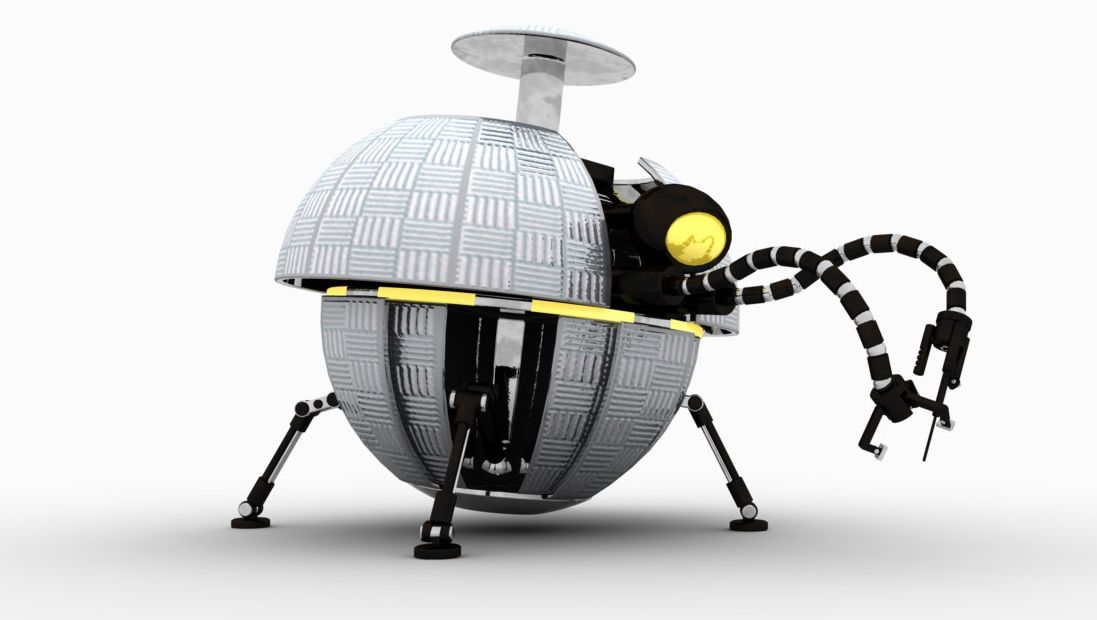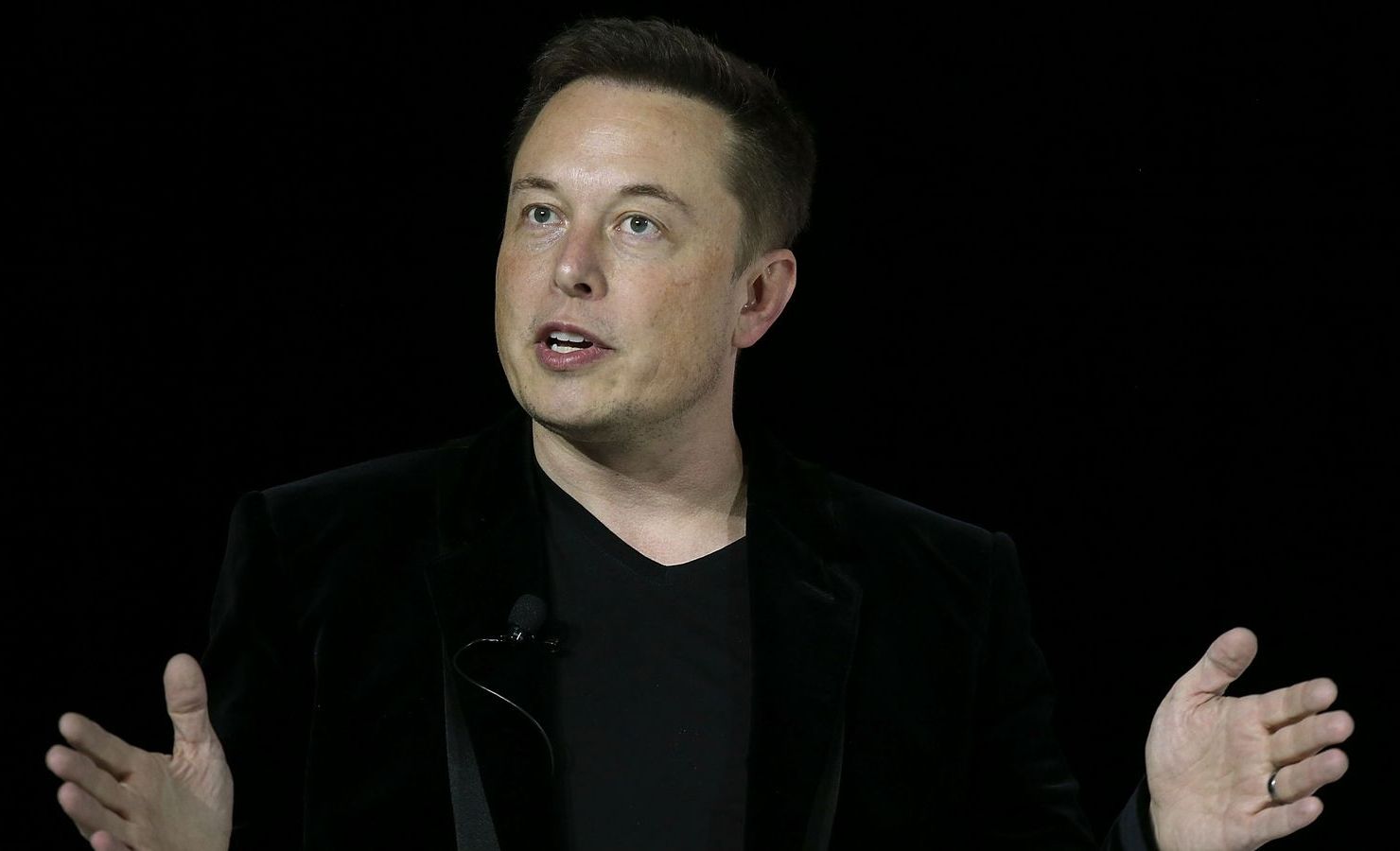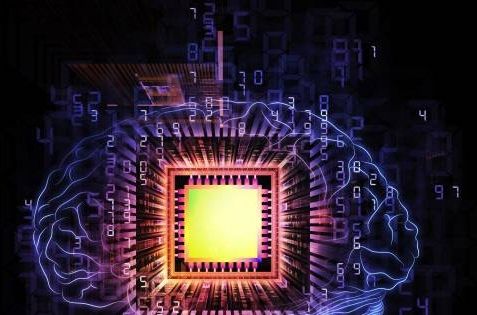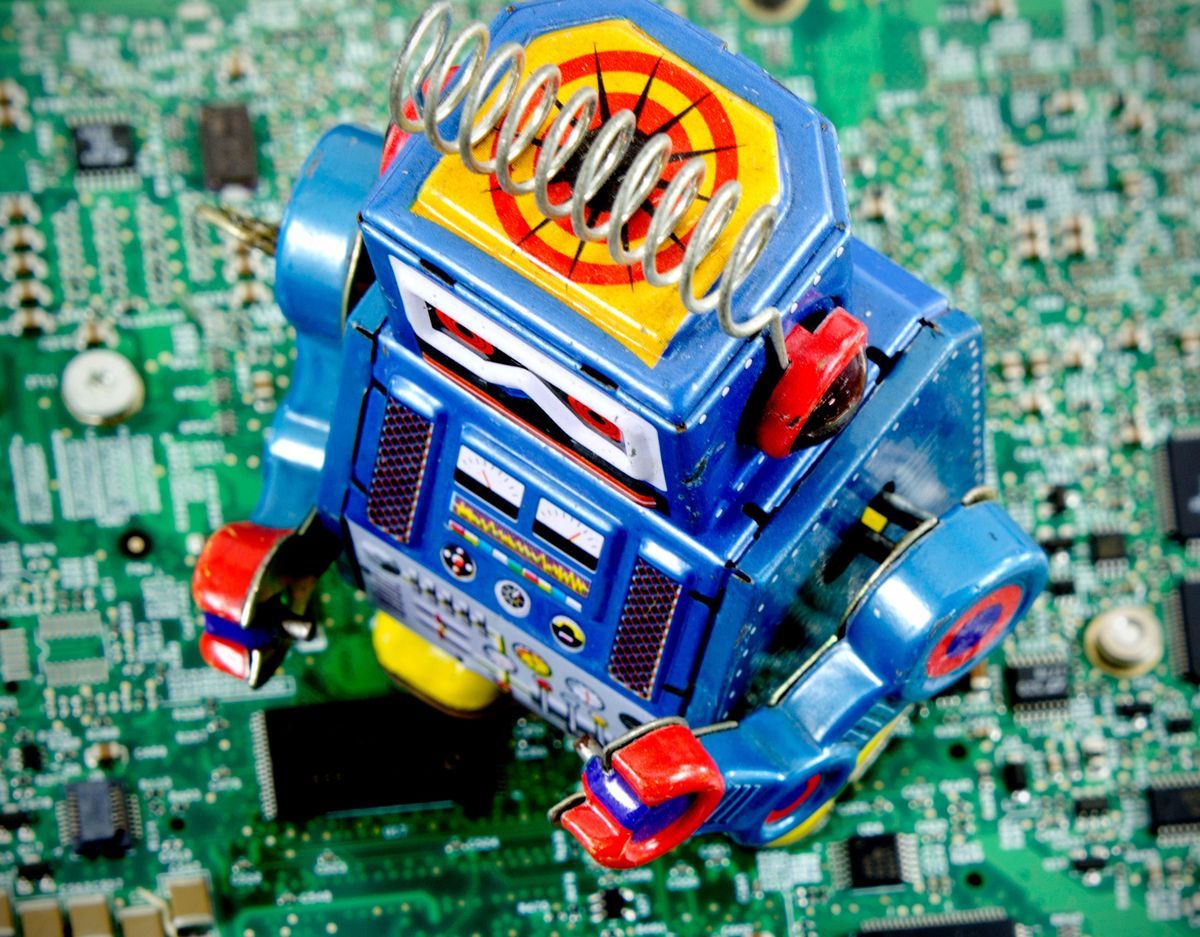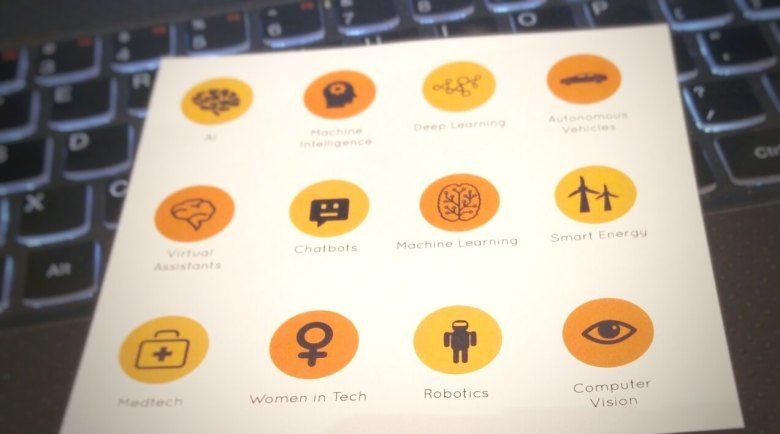For centuries, humans have been fretting over “technological unemployment” or the loss of jobs caused by technological change. Never has this sentiment been accentuated more than it is today, at the cusp of the next industrial revolution.
With developments in artificial intelligence continuing at a chaotic pace, fears of robots ultimately replacing humans are increasing.
TNW Conference won best European Event 2016 for our festival vibe. See what’s in store for 2017.
